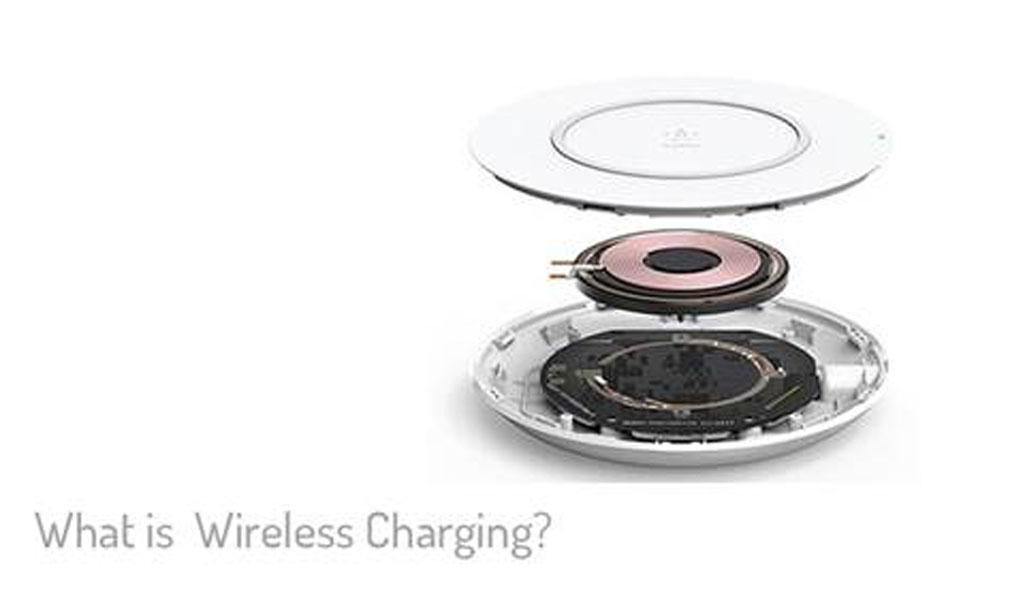The Wireless charging is one of the new technology what the world expected too. The Wireless charging system makes the device to charge without the need of any cables. They in two charged ways
- By placing the phone on the Wireless charger pad
- By placing the phone on another phone, so that it can get charged by using its power
The Wireless charger involves in the receiver and the transmitting pads to get charged. Here the receiver gets charged and the transmitter is used as the power source. This is most expected technology by the people to get charged their phone in the wireless manner.

What is Wireless Charging?
The Wireless charging needs two components to get charged. They are:
- Receiver
- Transmitter pad
The receiver receives the power from the transmitter, but don’t involve in any cables to get charged. The Smartphone uses the Electromagnetic induction to provide power. The Smartphones have got wireless charging benefits by having the Qi wireless charging technology. The Powers are transferred to the beneficiary by the Inductive coupling. The Transmitter will contain a alternating current in the Induction Coil which runs in the transmitter. The Induction coil is also known as the Transmitter Coil. The Wireless charging technology uses these laws to make it possible:
Transmitter (Direct Current)
- Oersted’s Law is said to be that any electric charge creates a magnetic field.
Receiver (Alternative current)
- Faraday’s Law of Induction is a changing magnetic field which generates an electromotive force.
Here the Wireless charging performs the operation by using these Oersted’s Law and The Faraday’s Law of Induction. The Oersted’s law performs the operation to act as the transmitter, so that they can transfer the power to receiver and to become a power source.
The Faraday’s Law of Induction is to act as a receiver. I.e., They are used to receive the power from the transmitter/power-source by using the alternative current. This will help to get the battery charged.

They are trying to get charged without any physical contact. So, they can achieve the full ability of the wireless charging technology of everyone’s dream. They can be done by make matching the frequency and connecting the phones. So, that they are able to develop a new generation physically contact less wireless charging.
How to connect Wireless Charger and Smartphone
Step 1: Connect the wireless charging pad’s adapter with the power socket
Step 2: Now, Connect the adapter with the Charging Pad, now it’s ready to get charged
Step 3: Place the back of the Smartphone on the Charging Pad
Step 4: You will Find the phone get charging and the Charging Pad’s indication of the power transformation.

Notes:
Here the Wireless Charging pad is connected with its power adapter, so that it is ready to get transfer power. The phone is placed on the charging pad. You can find the phone is getting charged if the phone shows the charging indications and the Charging Pad’s power transferring indications Here the phone’s back side is placed. Because the receiver coil is placed on the back side of the smartphones.
How to Transfer power from One Device To Another Device
Step 1: Find the Wireless Power-sharing option in your phone, mostly it will be available in the notification panel.
Step 2: Then you turn on the Wireless power share option.
Step 3: If it is ready to share your phone’s power, it shows now your phone is ready to share the power.
Step 4: You can just simply place the power receiver device’s backside on the power transmitter phones backside.
Step 5: After charging your device, you can turn off the Wireless Power Sharing option.
Notes:

According to the Smartphone brands, the option name for the wireless power sharing will be changed. You can easily find in your phone’s tutorial and in the user manual. So, by turning On this option you phone will act as a transmitter/Charging-pad.
Pros & Cons of Wireless Charging
Pros
- The Wireless Charging is simple to get charged comparing to wired.
- No cord is used with the phone while the phone is getting charged.
- You can perform a Device to Device power transformation.
- You can make your device as a power transmitter to make another device charged.
Cons
- It has a less freedom, so that you can’t have a phone call in the way of getting charged. Other than speaker makes, but not privacy.
- It is expensive more than the wired charger.
- Wireless charging is not fully developed with the fast charging.
